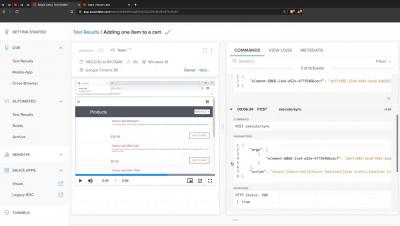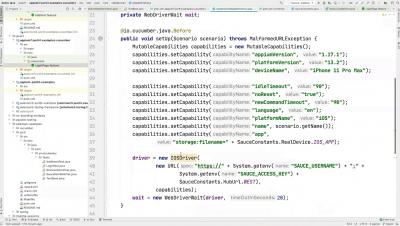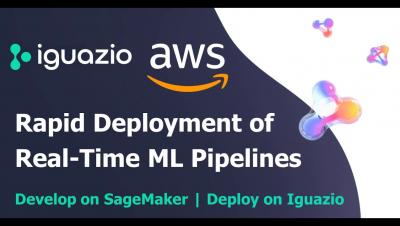Systems | Development | Analytics | API | Testing
%term
Sauce Labs - Web Test Automation With Cucumber
Sauce Labs - Mobile Test Automation With Cucumber
DreamFactory API Generator- The API Swiss Army Knife
AWS & Iguazio Bring Data Science to Life: Develop on SageMaker | Deploy on Iguazio
Learn more about the joint AWS & Iguazio solution: https://www.iguazio.com/partners/aws/
Start working with MLRun, the open-source MLOps orchestration framework: https://github.com/mlrun/mlrun
Developer Tooling for Kubernetes in 2021 - Skaffold, Tilt, and Garden (Part 2)
If you have been keeping track, I recently started a series of blog posts about the state of developer tooling in the Kubernetes ecosystem in 2021. The first blog post covered the topic of defining Kubernetes applications, i.e., how you go about declaring, packaging, customizing, and deploying them. You can check out that up to date comparison between category leaders Helm and Kustomize right here.
Mobile browser testing - what is it and when is it done?
About two decades ago, testing was only limited to the desktop. With the rapidly increasing use of smartphones and ease of access to the internet across the globe, testing has spread across vast platforms. The native and mobile web browser testing is being performed more and more compared to desktop testing.
How do you decide your approach for mobile website testing?
The meteoric emergence of smartphones is nothing short of phenomenal, as a growing number of consumers are leveraging the potential offered by the smartphone ecosystem. As per April 2019 data of Statistica[1], the global mobile population accounted for 4 billion unique users. That’s not all, the global mobile traffic is expected to increase sevenfold between 2017 and 2022. The daily media consumption on mobile devices has grown by 504 percent since 2011[2].
Bringing Users In: How Voice of the Customer Can Change Your Product's Development
There is a scene in a certain TV show in which a middle-aged man tells a younger one that he missed picking someone up from the train station because his device did not remind him about it. The younger man points out that, since he bought a new device, he must transfer the appointments.
Industry X.0 - Made Real, Practical Insights Today enabling Profits Tomorrow
Manufacturing’s digital transformation growth is truly impressive considering it’s delivering value with explosive growth rates. Consider that Manufacturing’s Industry Internet of Things (IIOT) was valued at $161b with an impressive 25% growth rate, or that the Connected Car market will be valued at $225b by 2027 with a 17% growth rate. But then conflicting information arrives as VentureBeat reports that around 90 percent of machine learning models never make it into production?











